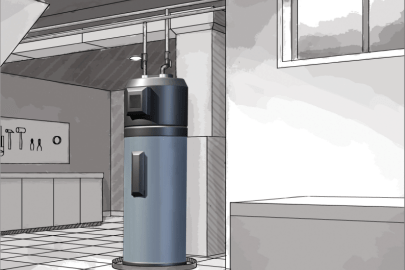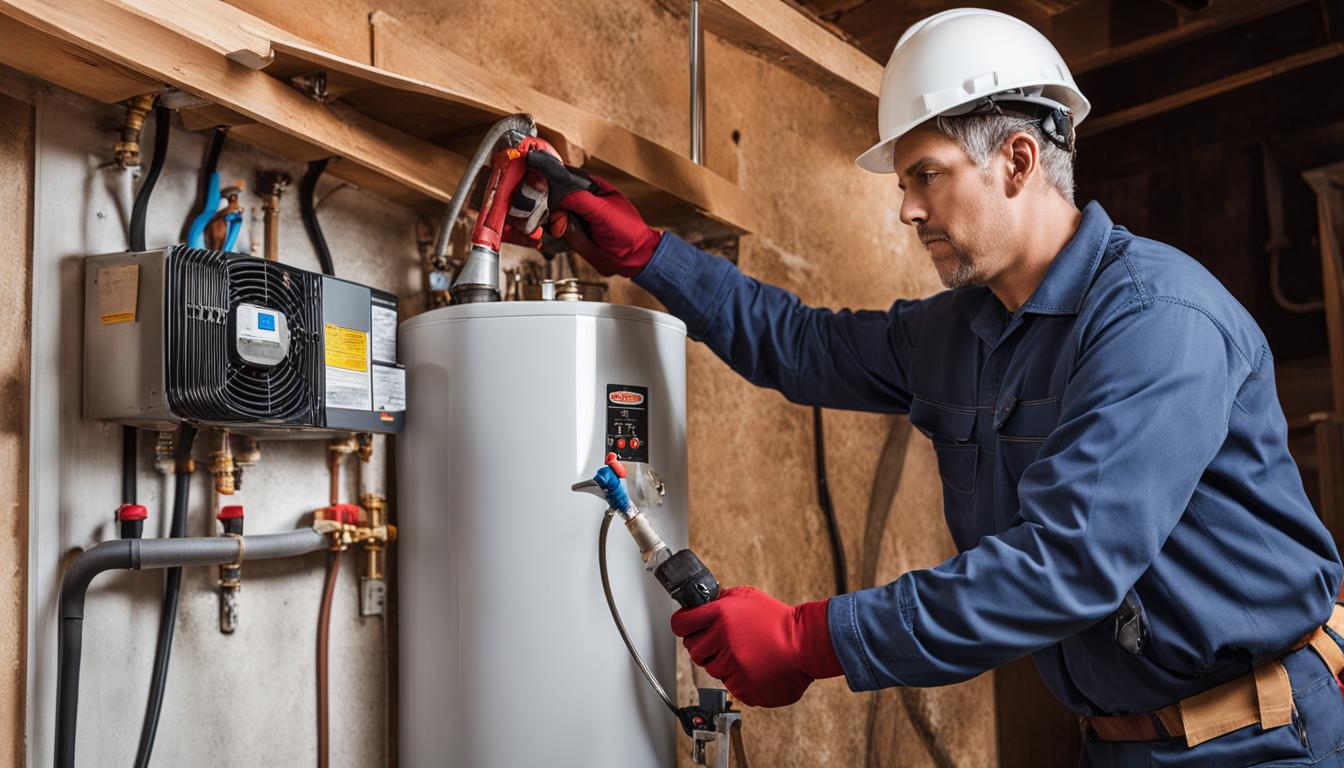Ensuring Longevity of Your Home's Hot Water System: Maintenance TipsBest Methods to Maintain Your Home's Hot Water System Successfully
Ensuring Longevity of Your Home's Hot Water System: Maintenance TipsBest Methods to Maintain Your Home's Hot Water System Successfully
Blog Article
The article in the next paragraphs about Tips For Maintaining Your Hot Water Heater is absolutely compelling. Read it for yourself and decide what you think about it.

Hot water is crucial for daily comfort, whether it's for a revitalizing shower or washing dishes. To guarantee your warm water system runs efficiently and lasts longer, routine upkeep is key. This short article supplies functional tips and understandings on just how to keep your home's warm water system to avoid disruptions and costly repair services.
Intro
Keeping your home's hot water system may appear overwhelming, but with a few basic steps, you can ensure it runs efficiently for many years ahead. This guide covers everything from understanding your hot water system to do it yourself upkeep suggestions and understanding when to call professional assistance.
Importance of Preserving Your Warm Water System
Regular maintenance not only expands the lifespan of your hot water system but likewise ensures it operates effectively. Overlooking maintenance can cause reduced performance, higher energy bills, and even premature failure of the system.
Signs Your Hot Water System Requirements Maintenance
Knowing when your warm water system requires focus can prevent major issues. Look out for indicators such as irregular water temperature level, weird sounds from the heating system, or rustic water.
Comprehending Your Warm Water System
Before diving right into upkeep jobs, it's practical to recognize the standard elements of your warm water system. Normally, this consists of the water heater itself, pipes, anode poles, and temperature level controls.
Month-to-month Maintenance Tasks
Regular month-to-month checks can aid capture minor concerns prior to they rise.
Purging the Water Heater
Flushing your water heater removes debris build-up, enhancing effectiveness and prolonging its life.
Monitoring and Replacing Anode Rods
Anode poles stop corrosion inside the container. Evaluating and changing them when broken is vital.
Checking and Changing Temperature Setups
Readjusting the temperature level settings ensures optimal performance and safety.
Do It Yourself Tips for Upkeep
You can carry out several upkeep jobs yourself to maintain your hot water system in leading problem.
Checking for Leaks
Consistently check pipes and connections for leakages, as these can result in water damage and greater expenses.
Evaluating Pressure Relief Valves
Testing the stress relief valve guarantees it operates properly and prevents extreme pressure build-up.
Protecting Pipes
Protecting hot water pipelines decreases warmth loss and can conserve power.
When to Call a Professional
While do it yourself maintenance is beneficial, some problems call for professional know-how.
Complex Issues Calling For Professional Aid
Examples consist of major leaks, electric issues, or if your hot water heater is consistently underperforming.
Regular Specialist Maintenance Perks
Specialist maintenance can include detailed inspections, tune-ups, and making sure conformity with safety criteria.
Conclusion
Regular upkeep of your home's hot water system is vital for performance, longevity, and price financial savings. By adhering to these tips and knowing when to seek professional aid, you can ensure a reputable supply of hot water without unforeseen disruptions.
Water Heater Maintenance: The Basics
Maintaining your water heater will ensure it operates efficiently and has a longer lifespan. Neglecting regular maintenance can lead to costly repairs and an even bigger chunk of your savings if you have to replace it sooner than necessary. But there’s good news: Most water heater maintenance tasks are relatively simple and easy for homeowners with basic DIY skills.
Flush the Water Heater
Over time, sediment and minerals can build up in the tank, reducing its efficiency and potentially causing damage. To flush the tank, turn off the power or gas supply, attach a hose to the drain valve near the bottom and open the valve to drain the water until it runs clear. Ideally, flush the tank annually.
Replace the Anode Rod
The anode rod is a sacrificial metal rod that helps prevent corrosion inside the tank. Inspect and replace it every three to five years or per the manufacturer's recommendation. To replace the anode rod, turn off the power or gas supply, drain a few gallons of water from the tank, unscrew the old rod and replace it with a new one. If the anode rod is significantly corroded or covered in calcium buildup, it's a sign the water heater may need to be replaced soon.
Tune-Up
A yearly tune-up can help identify potential issues and ensure your water heater operates at peak efficiency. This typically involves checking the thermostat, burner assembly (for gas heaters) and any other components specified by the manufacturer. During a tune-up, the technician may also clean the burner and adjust the pilot light (for gas heaters) or examine the heating elements (for electric heaters).
How to Maintain Your Water Heater
Insulate the tank. Insulating the tank can improve energy efficiency and reduce heat loss, saving you money on energy bills. You can purchase precut insulation blankets designed specifically for water heaters or use standard fiberglass insulation wrapped securely around the tank. Check the temperature. The recommended water temperature for most households is around 120 degrees Fahrenheit (49 degrees Celsius). Higher temperatures can increase energy costs and potentially cause scalding. Use a kitchen thermometer to check the temperature at the faucet nearest the water heater. Monitor water pressure. Excessive water pressure can strain the water heater and cause leaks or even tank failure. Install a pressure-reducing valve if necessary. The ideal water pressure range is between 60 and 70 PSI (pounds per square inch). Test the temperature and pressure (T&P) relief valve. The T&P relief valve is a safety feature that releases pressure if the tank gets too hot or the pressure builds up too high. Test it annually by lifting the lever and allowing a small amount of water to release. Replace the valve if it doesn't release water or reseal properly. Check for leaks. Regularly inspect the tank, pipes and fittings for leaks or corrosion. Deal with issues promptly to prevent further damage. Even a small leak can lead to significant water damage over time. Consider a tankless water heater. If your traditional tank-style water heater is nearing the end of its lifespan ( typically 10 years), consider replacing it with a tankless water heater. These units heat water on demand, reducing standby energy losses and potentially saving you money on your energy bills. Schedule professional maintenance. While homeowners can perform many water heater maintenance tasks, it's still a good idea to schedule professional maintenance every few years. A plumber or HVAC technician can thoroughly inspect the unit, identify potential issues and ensure it operates safely and efficiently. https://www.homeserve.com/en-us/blog/home-improvement/hot-water-heater-maintanence/

I was shown that write-up on Tips For Maintaining Your Hot Water Heater through a pal on our other web address. If you liked our post kindly don't forget to pass it around. I am grateful for being here. Revisit us soon.
Call Today Report this page